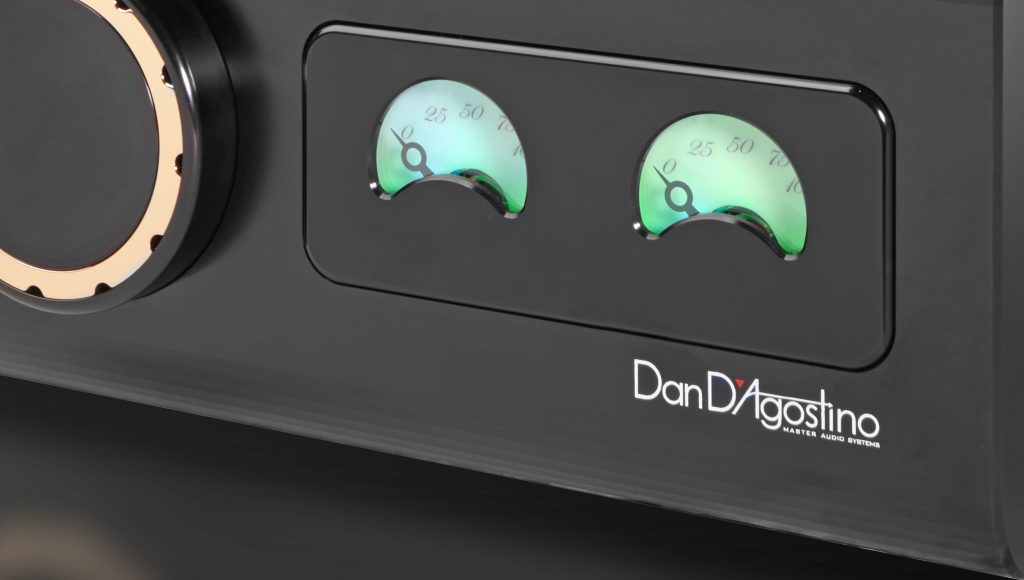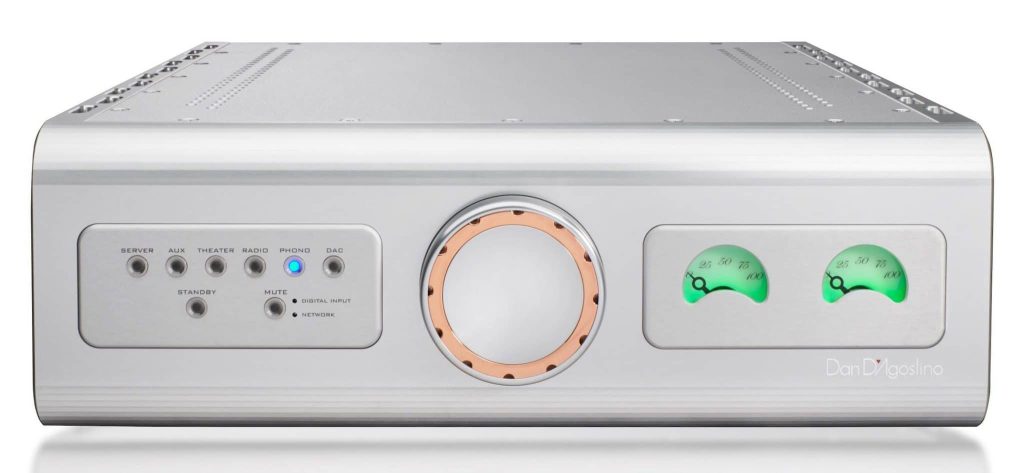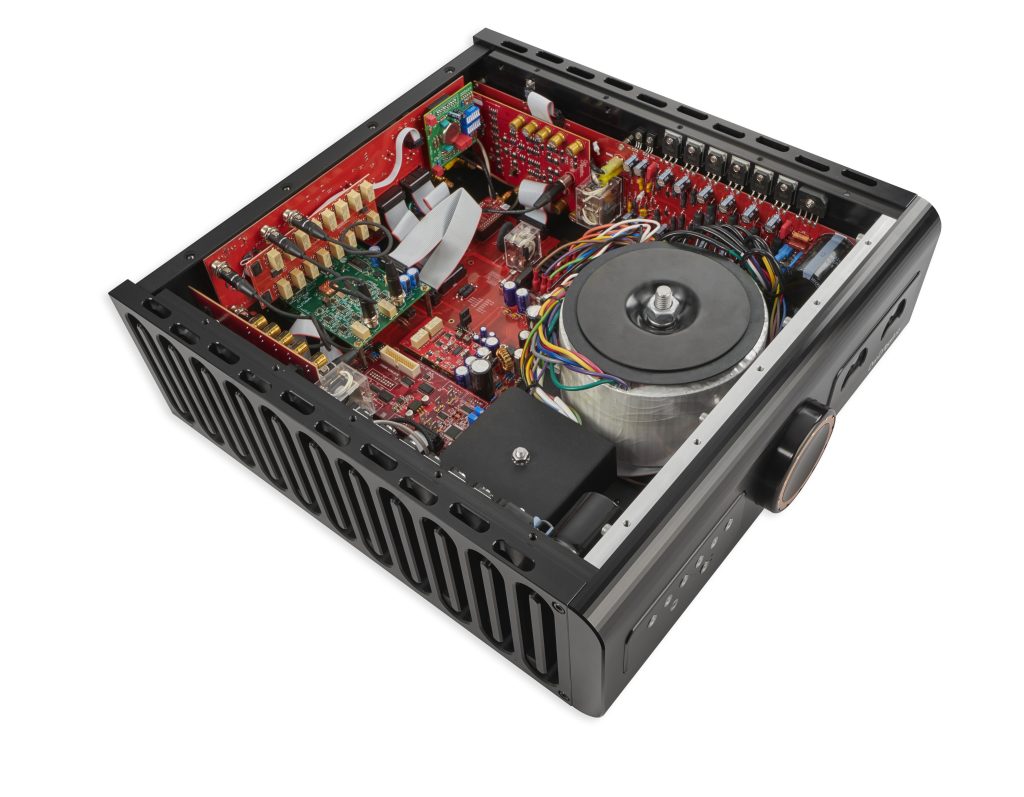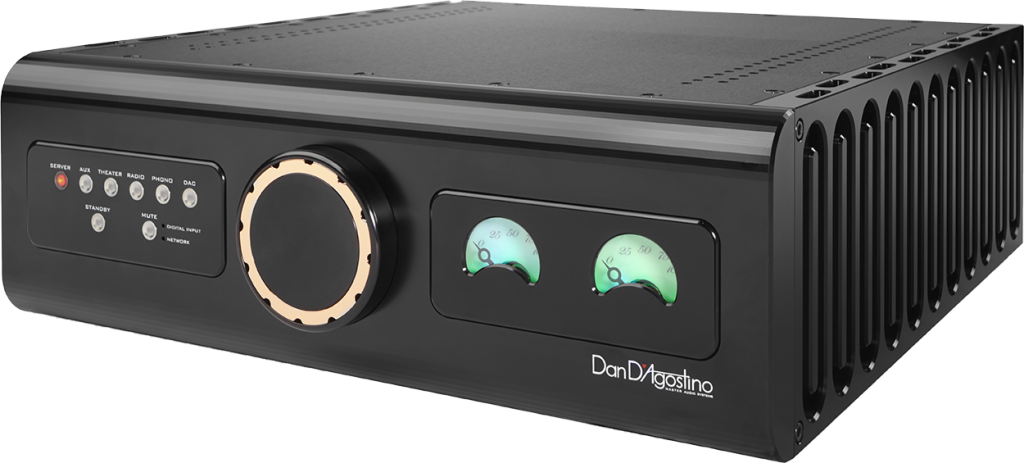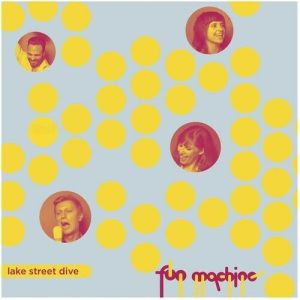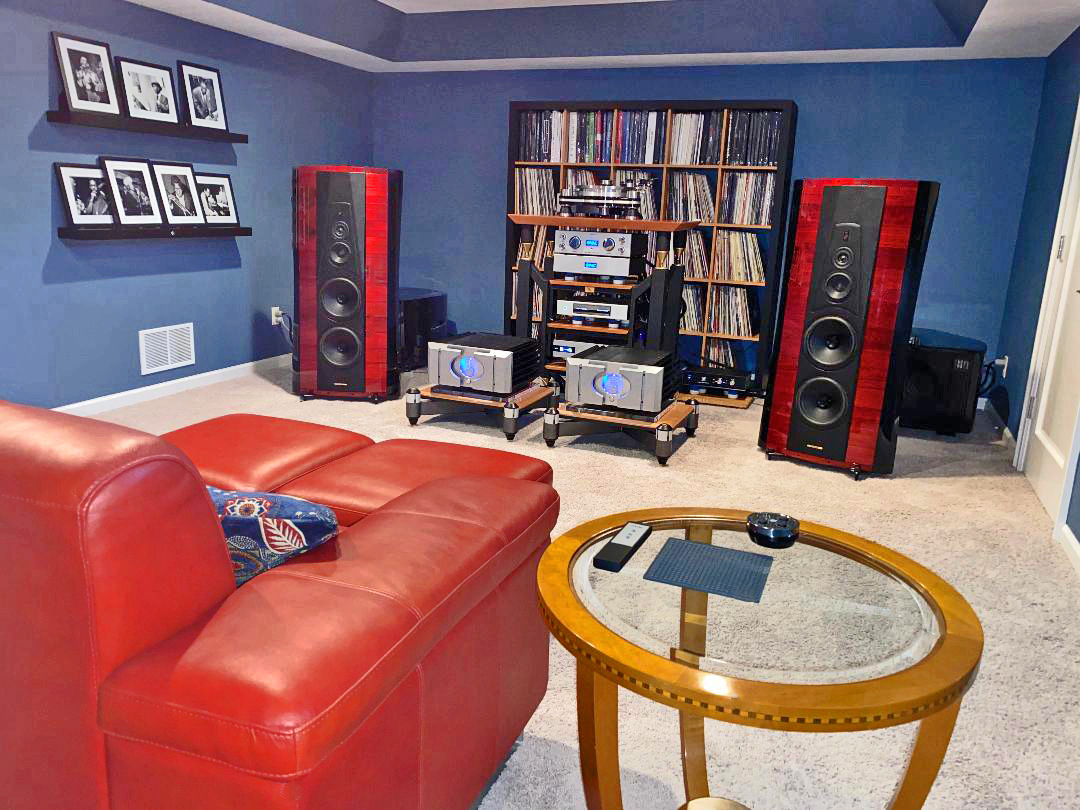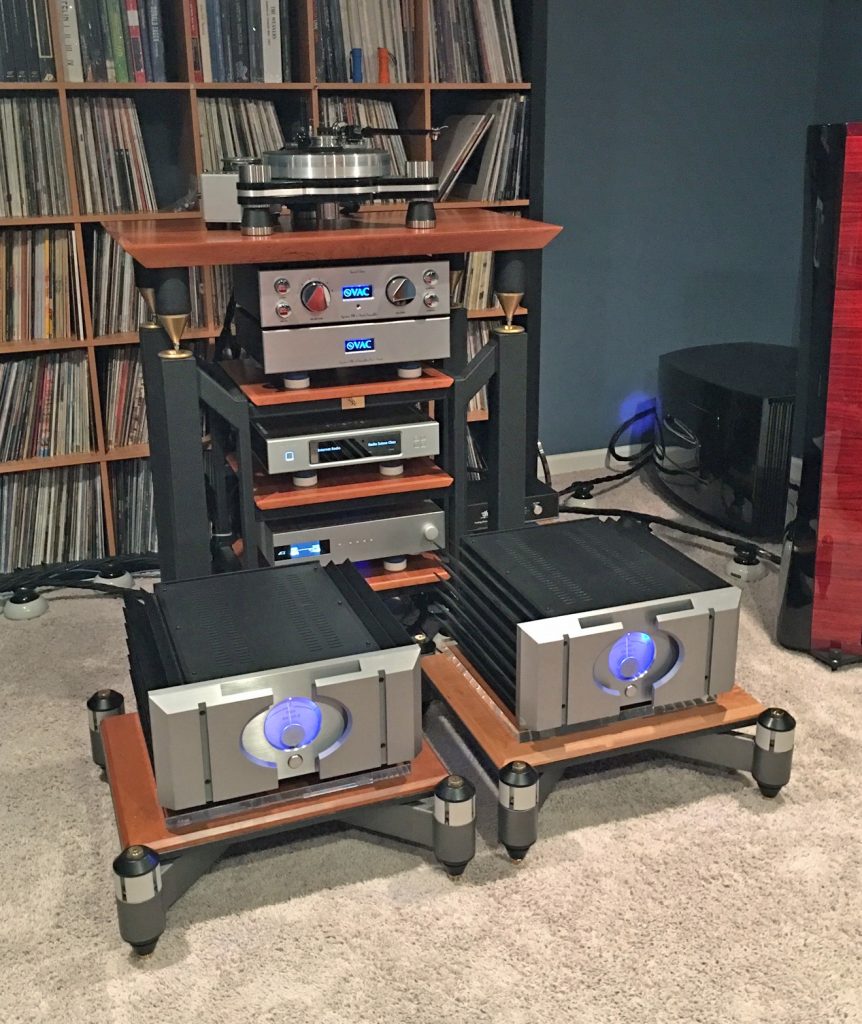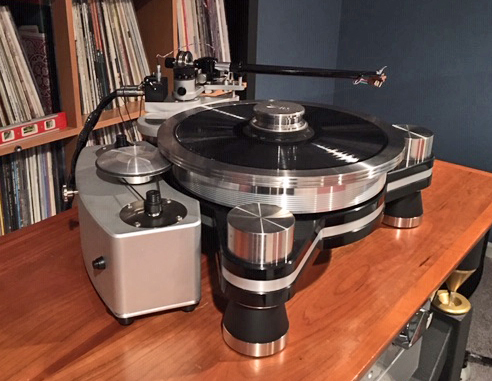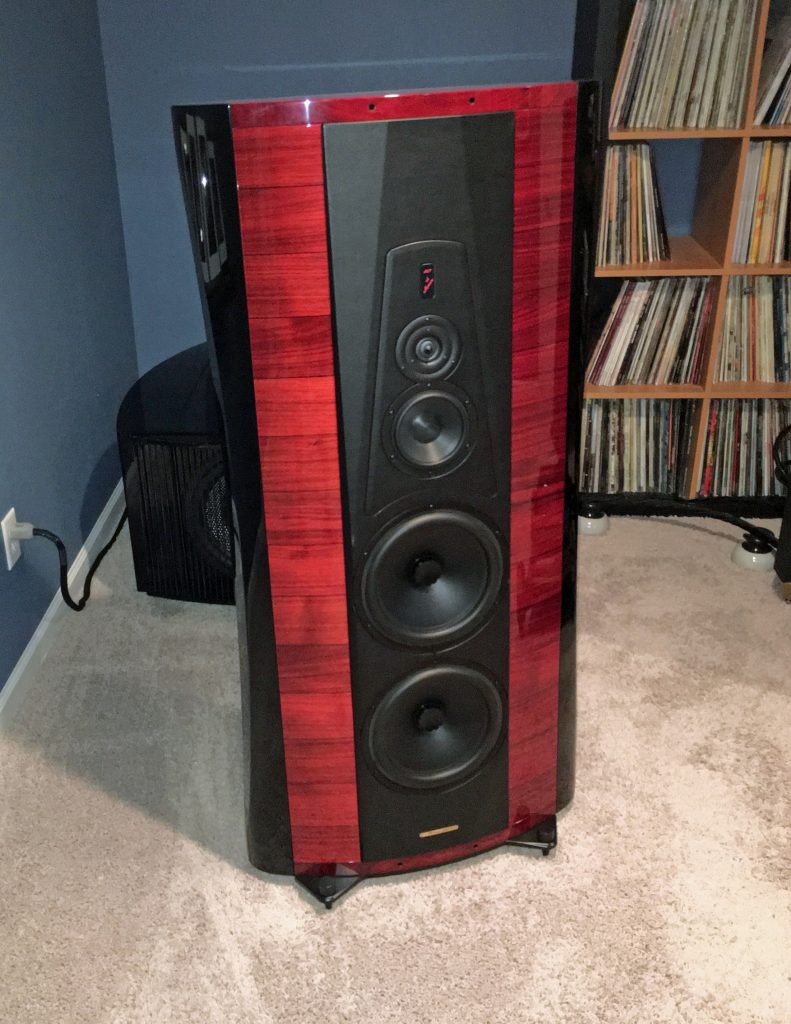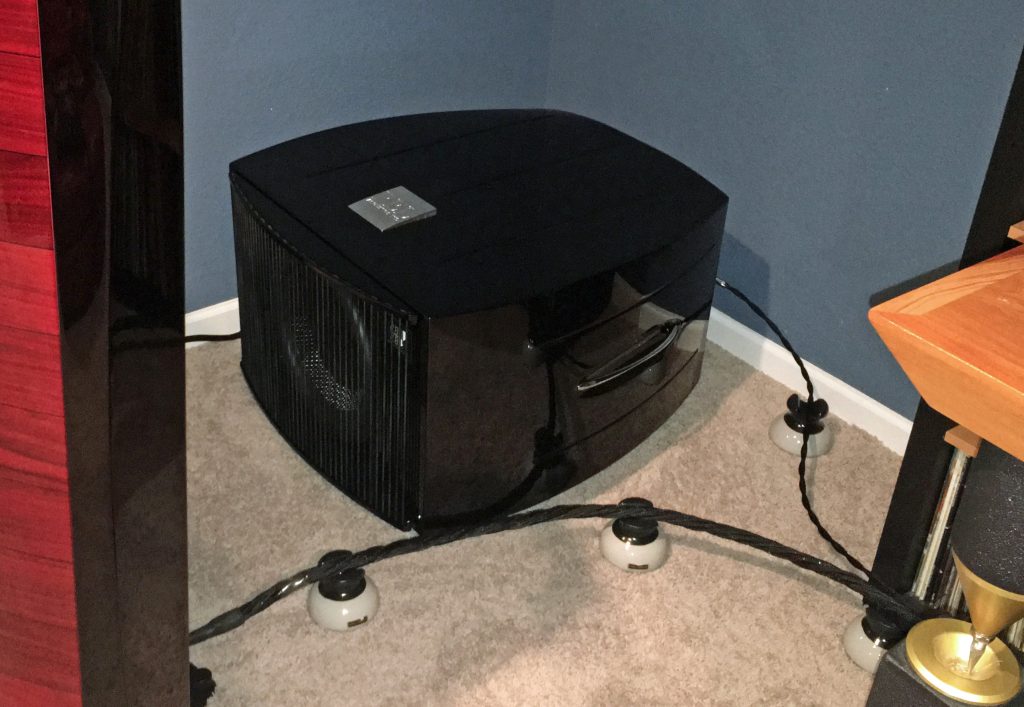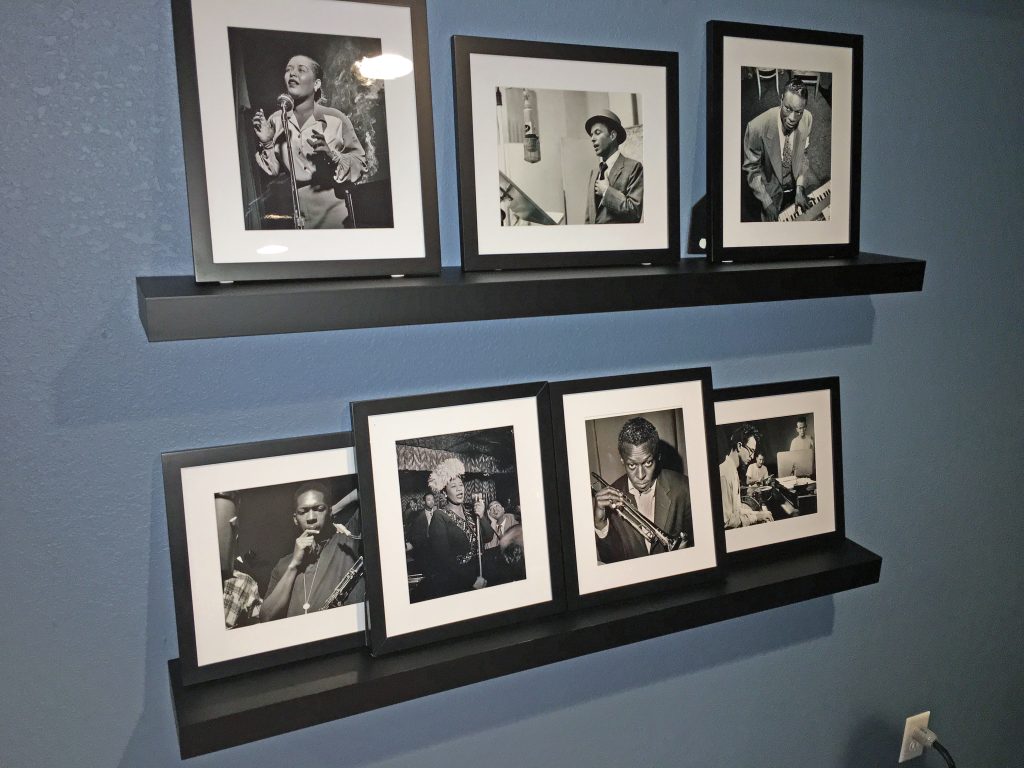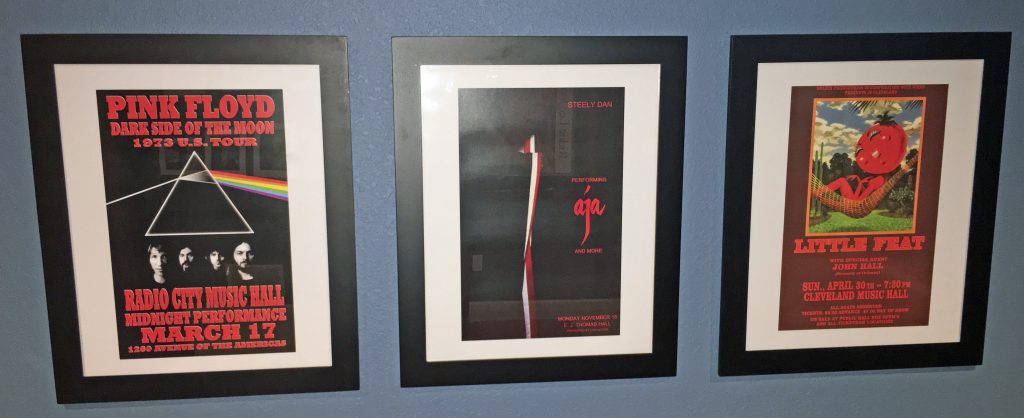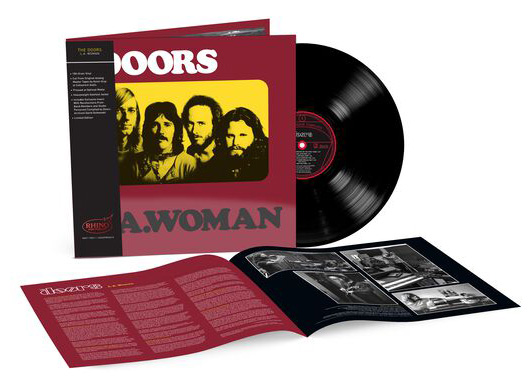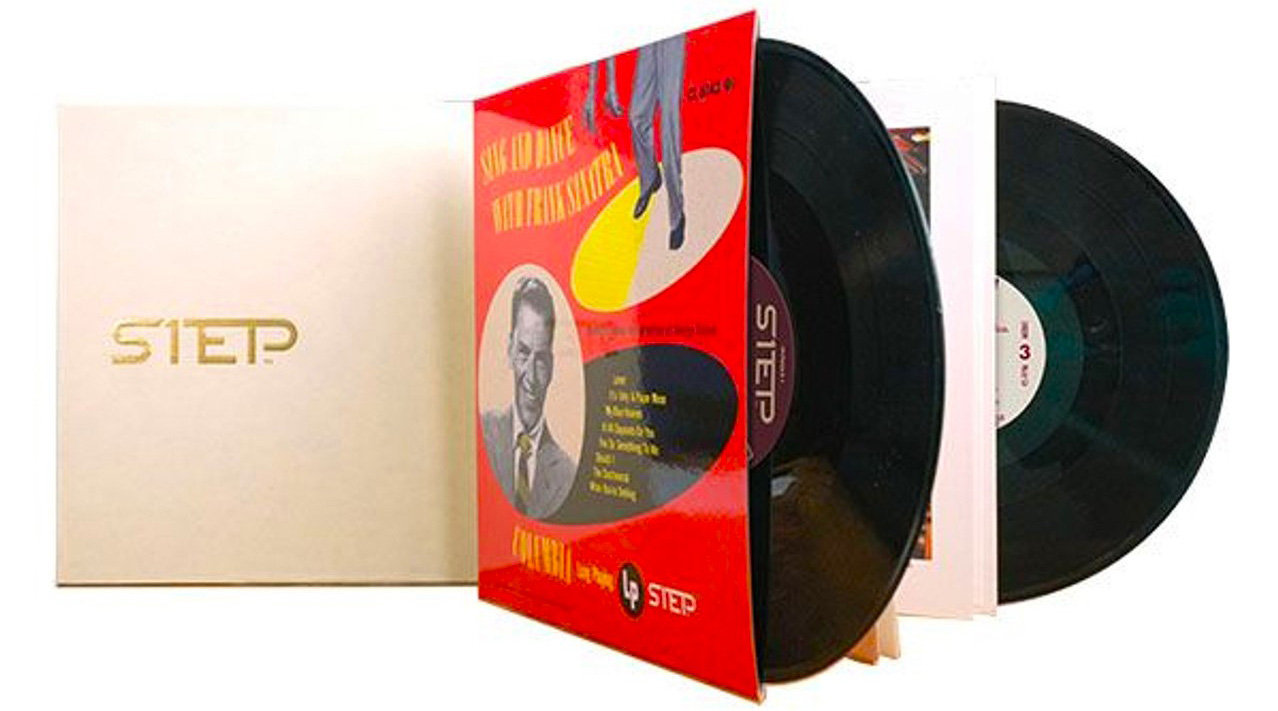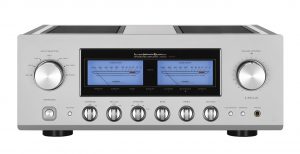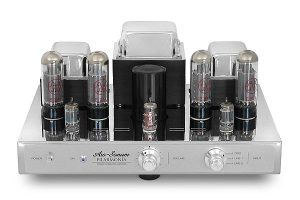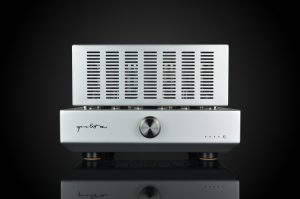There is something special about the Dan D'Agostino Master Audio Systems brand and legacy. For myself, every interaction has been first class from beginning to end. This not only includes the product and the performance, but even more important are the people that stand behind it. We of course have Petra and Dan D'Agostino, but this also includes D'Agostino President Bill McKiegan and their entire team.
I have enjoyed two factory tours at D'Agostino, both at their original site and just last year at their expanded new location. On both occasions, it has been a bunch of fun and also quite enlightening. These folks are the ultimate hosts, and the factory provided much to be impressed by. As an Industrial Engineer myself, it was no surprise that I encountered a first rate facility and a very impressive supporting staff. Please see my two articles describing these factory tours HERE and HERE.
More than ever, all of the above is very important as we evaluate our new purchase options and what the long term viability will be for the brand. Again, we have a legacy in place here with an incredible history of cutting edge components and superb customer satisfaction. I personally have owned components with the D'Agostino lineage all the way back to the Krell KSA-50 and KSA-100 stereo amplifiers, which are still considered classics.
When it comes to my most recent experience, I was able to review the flagship D'Agostino Momentum integrated amplifier ($49,950) back in 2015. Please see that review HERE. The Momentum was one of the first integrated amplifiers that I reviewed as part of my never ending series on the same, and it made quite a statement. This series includes models from Pass Labs, Vitus, Boulder, Aavik, Devialet, T&A, Esoteric, Simaudio, and several more. All have made their marks, but the Momentum continues to be one of the very best.
Now we have the D'Agostino Progression integrated amplifier ($20,950). Will the Progression have something new and different to say? Well, let's take a look and a listen.
Caveat Emptor
System synergy and personal taste are critical when evaluating high-end audio products. This review is based on my subjective requirements, my subjective ears, my specific system configuration, and my specific listening room. This combination is only one data point of many that exist out there for these components. Please consider my comments and analysis appropriately.
Review System
I have included a comprehensive list of all my components and a description of my listening room. Please click on my name in red above if this information is needed for reference and comparison purposes.
Design
The D'Agostino Progression Integrated Amplifier is a direct-coupled and fully balanced "high biased Class AB" design. This includes dual-mono amplifiers and a unique custom designed toroidal transformer similar to that of the D'Agostino Momentum M400 amplifier. Please see the picture of an open chassis below.
The Progression provides an appealing level of modularity with two significant options that sets it apart from much of the competition. This includes both an integrated modular phono stage ($2100) and an integrated modular DAC ($6950). Many other designs typically have one or the other, but not always both.
With these modular functions, the big plus is obviously a smaller footprint and fewer components, but also all the performance advantages of fewer gain stages and a simpler if not more direct internal connection. One must also consider the savings in expensive cabling, power cords, and resonance control devices. The Progression can truly provide a one box solution with speakers.
Basic functionality for the Progression can be controlled via either a remote control, an iOS App or various controls on the front panel of the unit. The remote control is a Bluetooth design, so remote access can be indirect and from considerable distance. The iOS App also supports selection and management of streaming options like Tidal, Qobuz, and Spotify. Please see the modular DAC description below. Lastly, the Progression can also provide headphone connectivity from the rear panel.
The DAC module supports files up to 24-bit/192kHz PCM and DSD256. Again, utilizing the iOS App that was mentioned above, the Progression can support Tidal, Qobuz, and Spotify streaming services. This also includes MQA, so that Tidal, via their high resolution Masters files, will also be supported. If that's not enough, the Progression is Roon Ready for additional streaming options and flexibility.
Via single ended inputs only, the phono stage module supports a switchable moving magnet/moving coil phono option with 60dB of gain. There is a variety of cartridge load choices which can be selected via two rows of dip switches. These loads include the following: 47K, 10K, 2K, 1K, 500, 200, 100, and 50 ohms. These dip switches can only be accessed by removing the cover of the amplifier, but they do allow you to potentially match your cartridge specifications if not customize it's performance.
The Progression weighs in at 57 lbs., with dimensions of 12.25 x 6.63 x 20.23 inches. Analog inputs include four stereo pairs of balanced XLR and two stereo pairs of single-ended RCA. Digital inputs (w/DAC module installed) includes one USB B type, one Optical, one S/PDIF, one Coaxial, one Ethernet RJ45 and one WiFi via an attached antennae. Outputs include one pair of balanced XLR stereo and two 5-way speaker binding posts. Output power is rated 200 watts into 8 ohms and 400 watts into 4 ohms. Bottom line, the Progression offers a plethora of connectivity options and plenty of juice for most applications!
I must also comment on the Industrial Design. More conservative in appearance than the D'Agostino Momentum integrated amplifier, the Progression is still a wondrous thing of beauty. Slightly on the minimalist side (which might be more appealing to many), the large circular volume control (with gold plated outer edge), and the two analog meters make quite a statement. In addition, these meters are multi-functional as they display volume level, balance, phase, and mute. As a function is utilized, they display the changes and then revert back to signal level indicators.
On the left side of the faceplate, you also have a push button lineup of basic functions including inputs, standby, and mute. All very useful when standing by the unit, and when only a quick adjustment is needed. The icing on the cake are those unique vented heat sinks on both sides of the component. From a stage left to stage right perspective, in either silver or black anodized finishes, this is one fantastic design that radiates both elegance and strength.
Sound
My review sample of the Progression integrated amplifier included the DAC module only—not the phono stage module. I compared the Progression DAC module to my standalone dCS Bartok DAC for streaming and my collection of both high resolution and ripped CD files. The source for both was provided by my Aurender N-10 music server. I also compared these configurations to a direct Ethernet network connection to the Progression and its DAC module while streaming, and when using the Progression iOC App. Qobuz was my primary streaming service for all of these evaluations.
Firstly, I found the Progression DAC to be absolutely amazing. When compared to the Bartok DAC, there was a clear step up in transparency and definition. There was also a new and exciting level of micro and macro dynamics that could not easily be ignored. That says a bunch, as I have recently updated my Bartok DAC with the latest 2.0 firmware and that alone has made the Bartok a formidable point of reference. I should also add that I have heard the new Bartok Apex DAC ($20,950), which has been receiving many rave reviews, but I have not heard it in my system. Now that's a comparison that would be very interesting, as my gut reaction is that the Progression DAC module would be very competitive!
I also found that I slightly preferred the sound of my Aurender N-10 music server when compared to a direct Ethernet network connection to the Progression. Again, the later obviously required the use of the Progression iOS App. There was a certain amount of midrange weight and bloom that the Aurender N-10 provided, and I found that more enjoyable. True to the source or more realistic? Who knows, but I did like it better. Yes better, but it was very close. Don't forget my earlier caveats about subjectivity!
Regardless of the Aurender N-10 or the DAC utilized, there were several consistent findings in all my listening sessions for the Progression linestage on its own. Starting from the bottom up, bass performance via the Progression is now my new benchmark for integrated amplifiers. It also gave my VAC preamp and Pass Labs monoblocks a good run for the money. As stated in my most recent reviews, I have been very impressed with both the Aavik I-580 and the Boulder 866 integrated amplifiers for many excellent reasons - especially their performance in the lower frequencies. Both set standards at the time, but the Progression provides even more definition and slam, and even less low end overhang. Tight, tight, and more tight, but without a loss of harmonic texture and proper tone. Yes, bass performance can have harmonic texture and proper tone when done right! The Progression took a vice like grip on my Sonus Faber Strads and never let go.
Mids were absolutely glorious with a liquidity and fleshed out presence that achieved something close to the real thing. Highs were extended with plenty of jump factor and lifelike attack. I did not experience edge or strain at any of these frequencies when the performance was pushed hard. This can sometimes be the case for other designs depending on the music. The Progression just calmly delivered over and over again with a musicality and seemingly perfect balance that never failed to impress.
Two additional differentiators for the Progression are soundstage and imaging. I always thought that separate components afforded the very best for these two variables. Sometimes, moving from a stereo amplifier to a pair of monoblock amplifiers can also take it up another notch if system synergy and setup are determined appropriately. The Progression proved that these two unwritten rules should remain unwritten. With the Progression in place, the soundstage was as wide and deep as any stereo or monoblock amplifier that has visited my listening room. Images were locked in and three dimensional. There was a feeling of air and ambiance around vocals and instruments that was quite compelling. Along with the bass performance, these two considerations have clearly and audibly raised the bar.
Music
Vini Vici, Part Of The Dream (Qobuz Flac 24-bit/192kHz)
Well known by many, but new to me, I must have heard the "Make Us Strong" track in at least a half dozen rooms at AXPONA 2023. I couldn't wait to play it through the Progression, and I was not disappointed. In fact, the Progression provided the best rendition yet. This electronic music with its immense and colorful vocal overlays will test your system. The combined bass and drum beat that drives the track will rattle the walls. Again, layered but tight, tight, and more tight. The ultimate bass challenge for your system!
Benny Carter, Jazz Giant (Ripped CD Flac 16-bit/44.1kHz)
Released in 1958, Jazz Giant on the Contemporary Records label is a true jazz classic. "I'm Coming Virginia" on track 2 is an absolute delight via the Progression. Benny Carter on alto sax, Ben Webster on tenor sax, and Barney Kessel on guitar are the stars here. Each of these instruments virtually pop from the soundstage as they do their solos. The jump factor and spatial cues are as good as it gets. I have never heard it better, and that includes on vinyl.
Lake Street Dive, Fun Machine EP (Qobuz Flac 24-bit/96kHz)
Thanks to the Progression and the Lake Street Dive group, the Jackson Five hit "I Want You Back" never sounded so amazing! Rachael Price on vocals absolutely kills as the room evaporates and her voice just hovers before you. Bridget Kearney on acoustic bass is up close and personal and has taken residence in your listening room. You can almost see the pluck of her fingers and feel the woody dense structure of her instrument. This recording defines the term "pin point imaging."
Yo-Yo Ma, Six Evolutions. Bach: Cello Suites (Qobuz Flac 24-bit/96kHz)
Released on the Sony label in 2018, this is not an audiophile recording, but the Progression still offers us something very special. Sometimes a simple yet naked instrument on its own can tell you more than a full symphony orchestra. Many would argue, that when it comes to Baroque and Bach, Yo-Yo Ma has no peer. On track 1, "Unaccompanied Cello Suite No. 1 in G Major," you can easily hear deep into this fairly large recording venue, yet still make an emotional if not physical connection with the musician. The cello is nicely defined and clearly resonates a harmonic structure and tone that seeks out and resonates all the passion of Yo-Yo Ma's efforts. Bravo Yo-Yo Ma! Bravo to the Progression too!
Final Thoughts
I want to thank Bill McKiegan at D'Agostino and Mick Survance over at Quintessence Audio in Morton Grove, Illinois for their continual support of this review. Bill and Mick were especially helpful in understanding the design, functionality, and the setup of this sonic marvel! And my goodness, the Progression proves once again that the timeless appeal of a solid state integrated is something that many audiophiles should strongly consider. It clearly checks all the boxes but also provides well beyond the expected in terms of sound quality. And I mean well beyond! It just might be my new standard for integrated amplifiers. Very highly recommended!
Progression Integrated Amplifier
Retail: $20,950. Progression Modular DAC is $6950. Progression Modular Phono Stage is $2100.
Dan D'Agostino Master Audio Systems
5855 E Surrey Drive
Cave Creek, AZ 85331
480.575.3069




